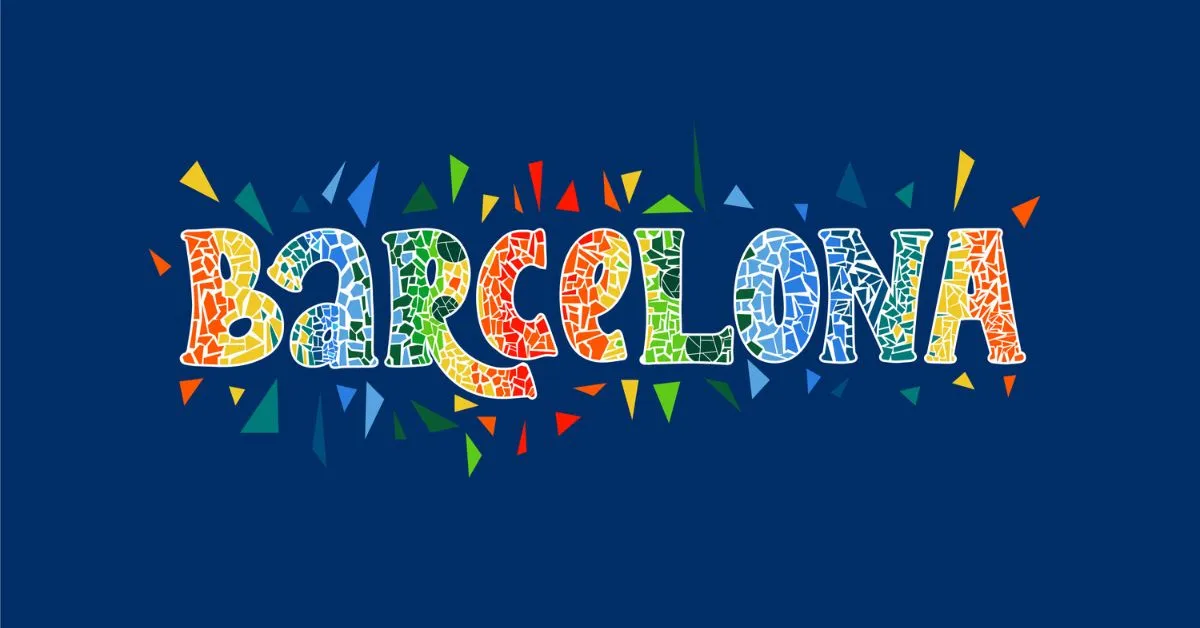Language is one of the commonest and responsive way of human communication, and presently, there are more than hundreds of main languages all across the world. Few of them are widely spoken and Spanish language is one of them. According to statistics, in the world, the second most popular language is Spanish (just after Mandarin), and Spanish is the native language of a large community that includes 5.85% of the global population.
If we convert this percentage into a wholesome number, presently, more than 410 million people communicate via Spanish language as their mother tongue. Almost 9-10 million people across the world use Spanish as their second language.
How many countries use Spanish worldwide?
There are at least twenty (20) countries that use Spanish as their official language, or they use the language as the most popular language for their communication.
As vernacular, Spanish is spoken in the countries like Hispanic America, Spain, and the country of Equatorial Guinea. For example, in Mexico, there are total population was 112,396,211, and Spanish speaking persons are 103,527,885, in the USA it is 44,468,501, in Spain 41,848,717, and in Colombia it is 45,338,905 so on.
The twenty countries, which use Spanish as their official language are Argentina, Bolivia, Chile, Colombia, Costa Rica, Cuba, Dominican Republic, Ecuador, El Salvador, Equatorial Guinea, Guatemala, Honduras, Mexico, Nicaragua, Panama, Paraguay, Peru, Spain, Uruguay, and Venezuela.
Although Spanish is not the official language, in the parameter of popularity, it is spoken in the countries like the United States, Andorra, Belize, and Gibraltar.
A short history of Spanish language
Philologically, Spanish, similar to the languages like French, Italian, Portuguese and Romanian, is a Romance language that developed from the common vocabulary of old and pure Latin, which is termed in history of language as colloquial. It was evolved on the Iberian Peninsula, which is the southern-western corner of Europe where todays Spain and Portugal are located.
The Castilian continuance of common Latin (from Spain’s Castile area) got blended with the Arabic dialect. This mixed language was basically told by Moors, who occupied some parts of this region, and basically the standardized Spanish language was originated in around 1200s by these nomad people. The Andalusian dialect of Spanish was developed around the same era, and is still used in some part of southern Spain.
Do you know People speak more Spanish than English?
It’s a common conception that after mandarin, English is the most spoken language. But in reality, it is the Spanish language. The language serves as an official language in 20 countries (names are mentioned above) and the popularity of this language is spanned in South, Central and North America, as well as in the continents of Africa and Europe. To be candid, the popularity of Spanish is spanning every day.
How Spanish is spoken around the world
Distinct style in one of the unique features of this 2nd popular language of the world. Let’s take an example. The Argentinian accent of Spanish is arguably the most distinctive. Argentinians pronounce the double ‘l’ of ‘me llamo’ (my name is) as ‘me shamo’, while the more standard pronunciation is ‘me yamo’.
There are also certain grammatical variances and many alterations in terminology, predominantly for day-to-day stuffs such as clothes and food in the Spanish use in Argentina. For instance, Juice is called ‘zumo’ in Spain, but ‘jugo’ in most of the parts of Latin America. For clothing, in most of the Spanish-speaking countries the word ‘tee-shirt’ is called ‘camiseta’, but it’s called ‘remera’ in Argentina, ‘polera’ in Chile, as well as ‘playera’ in Mexico.
Spanish is renowned for its suffixes
Another distinguishing aspect of Spanish language is its typical use of suffixes. The usual method is to add ‘-ito’ or ‘-ico’ at the end of a word, which is used for creating more demonstrative and friendly terms: for example, you can use ‘Juanito’ (from Juan), as well as ‘mi amorcito’ (my little love). However, in Latin America, this uses are more common: it’s not a traditional ‘café’ (coffee), but it is said as a ‘cafecito’. If it is a ‘cerveza’ (beer), it’s will be called as ‘cervecita’. This use of suffix adds a unique warmth and approachability that is friendlier, sweet in sound, and rhythmic and specialty of Spanish only.
Learning Spanish is advantageous for many reasons:
Spanish is an easy to learn language with lots of flexibility, if you learn it from the pro. It is a culturally rich language – the rich and friendly language is spoken in plenty of countries – it is one of the main languages used in the world of trade as well.
Spain is the eighth-largest goods export market in UK, and it was worth of £8.5 billion in 2012, A Spanish language expert can explore many opportunities here because of his/her expertise over the language itself. Some of these advantages are:
- Learning Spanish will make you more marketable in the employment sector.
- In travel and tourism a tour guide gets better advantage with his knowledge of Spanish language.
- It is easier to learn than any other European language
- Your communication skill will be improved at least in front of global audience with this world’s most popular language.


